Here is a description for the membership to access ABAQUS packages based on the provided details:
ABAQUS Packages Membership
- Duration: 12 months
- Cost: €789 per 12 months
- Packages Included: 5 packages
- Packages Paid For: 4 packages
- Discount: More than 55%
Package Details:
- Access to 5 ABAQUS software packages
- Pay for only 4 packages, but receive 5 packages
- Significant discount of more than 55% off the regular package pricing
This membership provides excellent value by granting access to 5 ABAQUS software packages while only paying for 4. The €789 per 3-month period represents a discount of more than 55% compared to the regular package pricing, making it a highly cost-effective solution for users in need of ABAQUS software.
Whether you’re an engineer, researcher, or designer, this ABAQUS Packages Membership offers a convenient and affordable way to access the powerful simulation and analysis tools provided by the ABAQUS suite of products.
The 3-month duration of this membership allows for flexibility in meeting your project or research needs, and the ability to access 5 packages while paying for only 4 further enhances the overall value.
If you have any further questions or would like to proceed with this membership, please let me know.

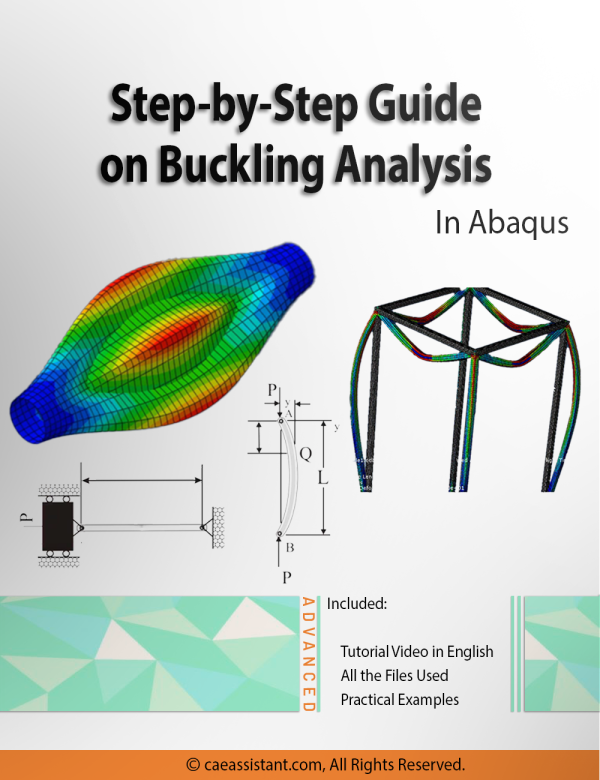
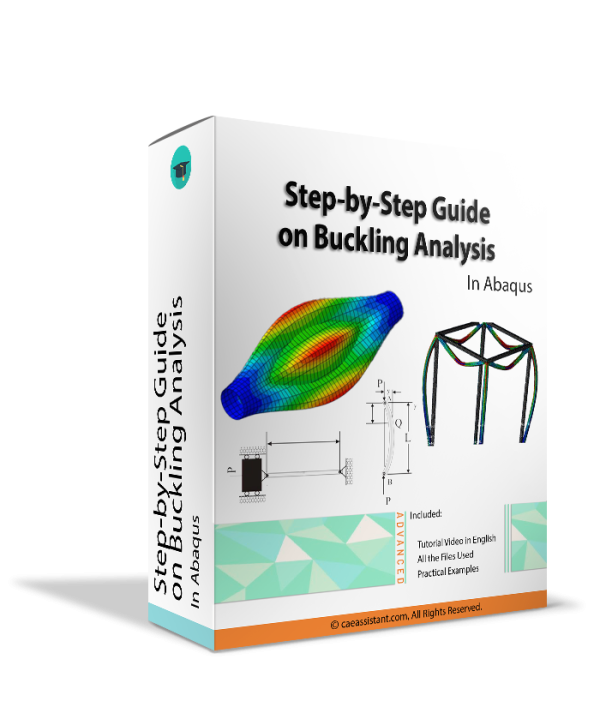
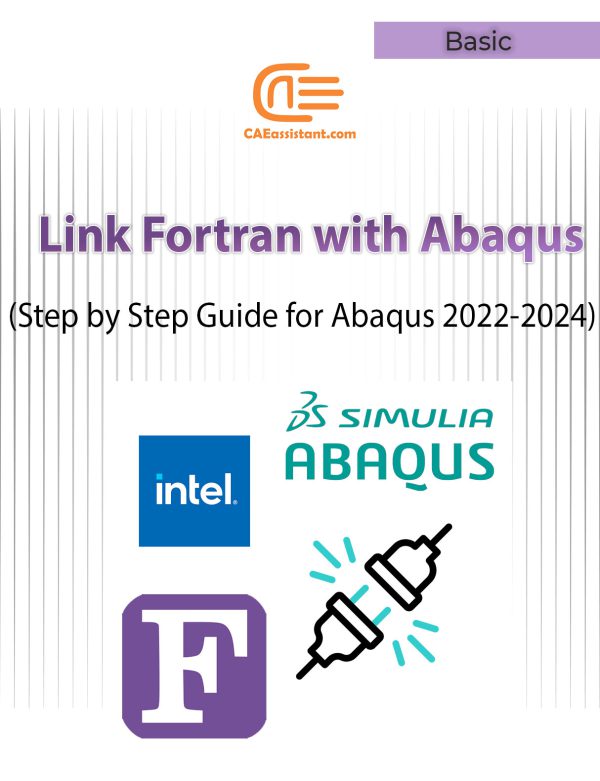
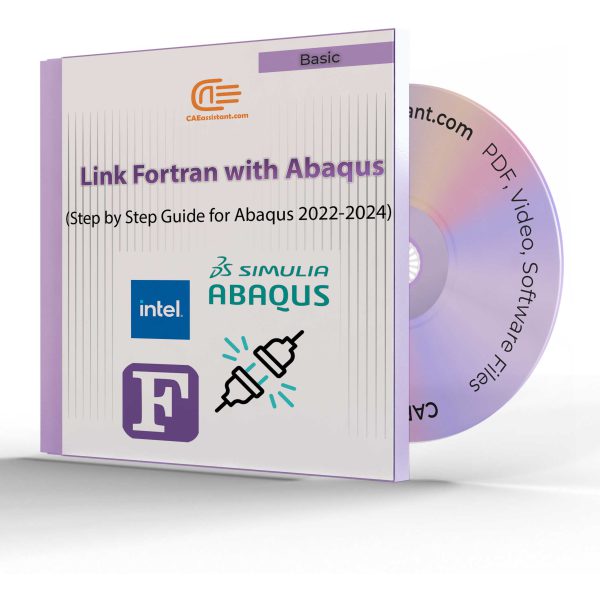
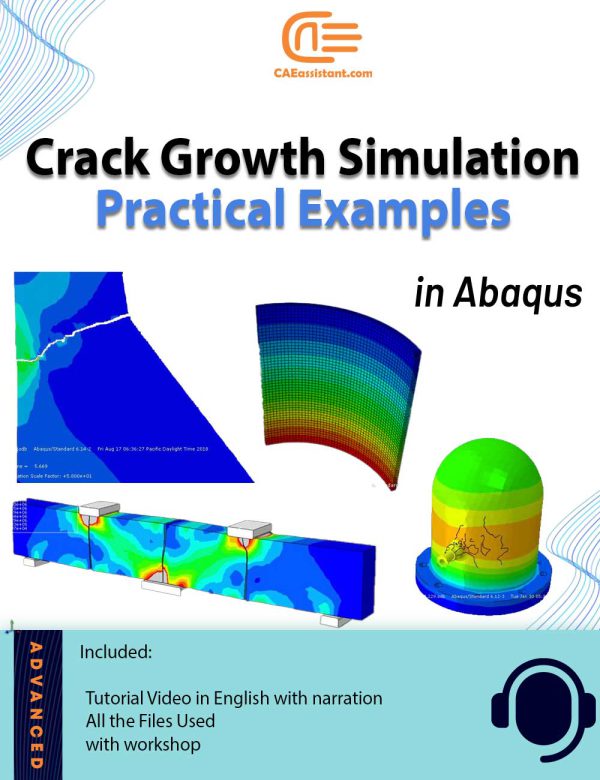
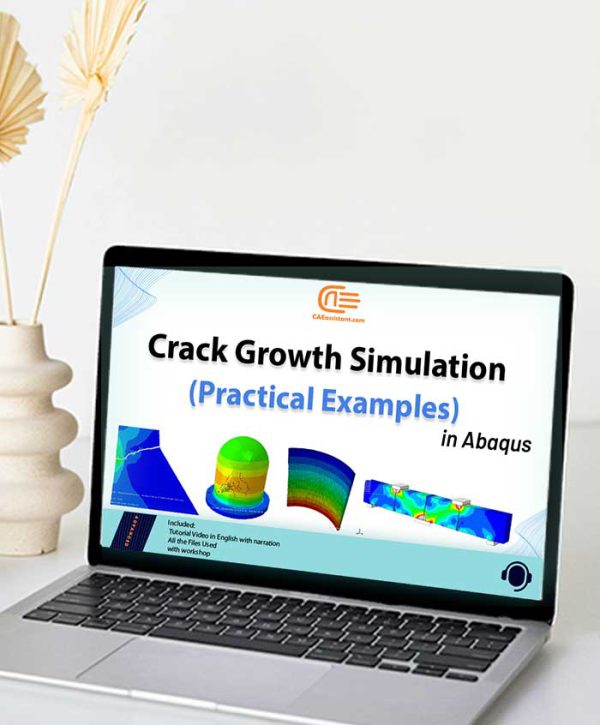
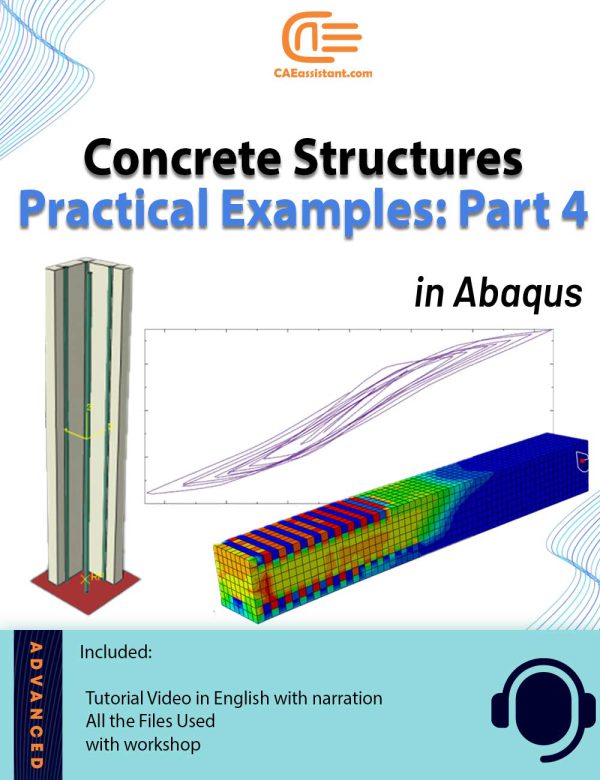
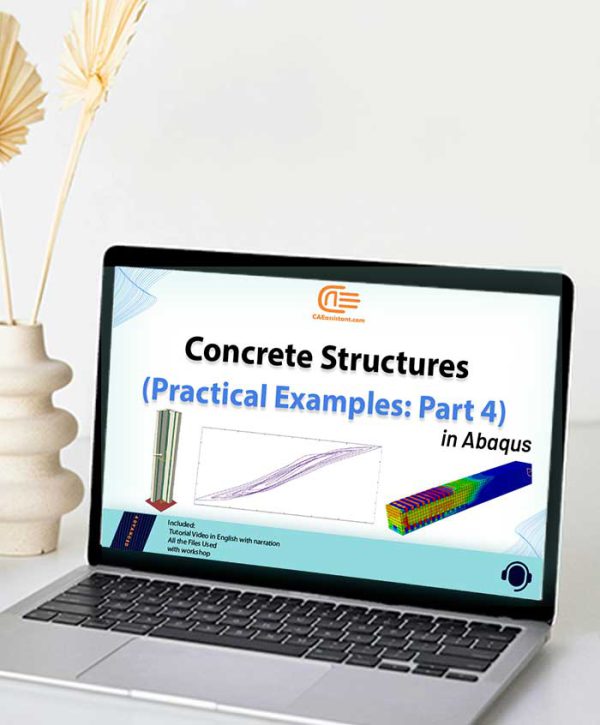
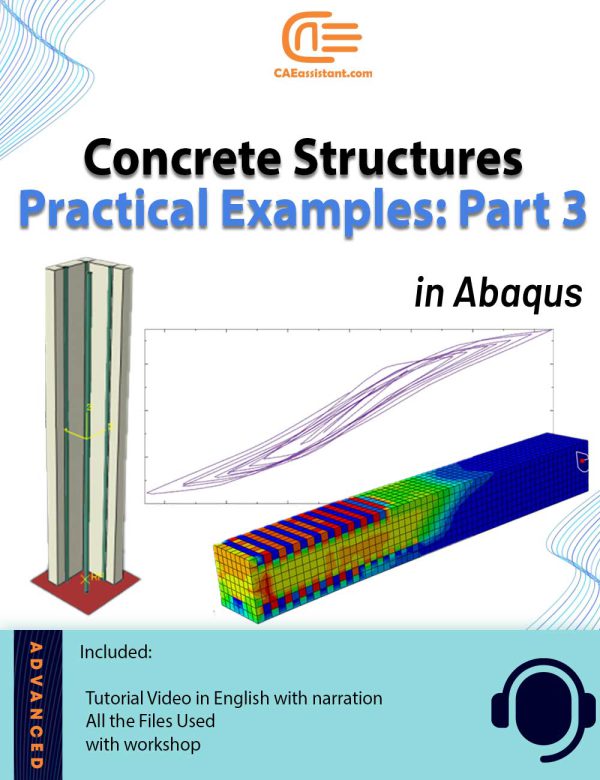
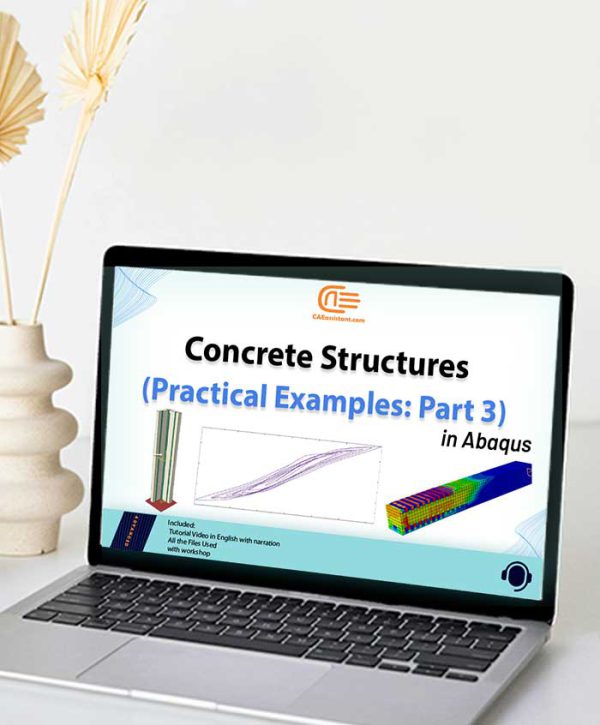
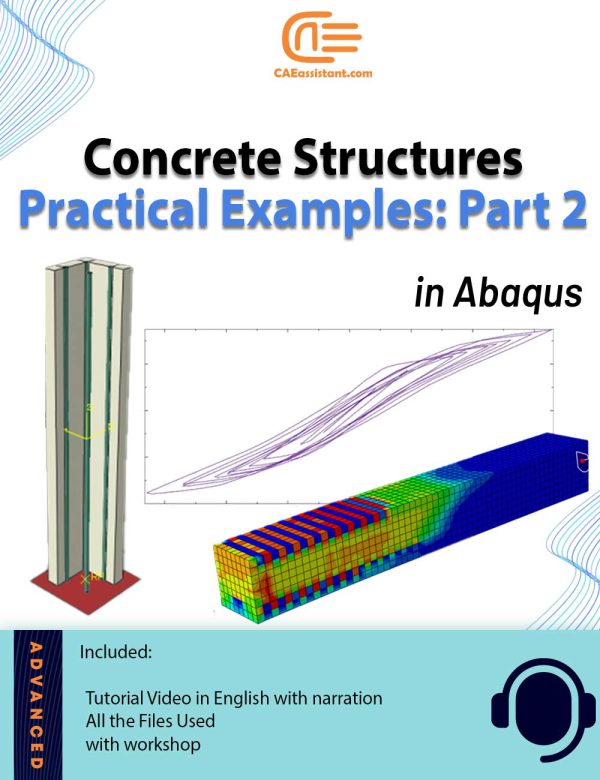
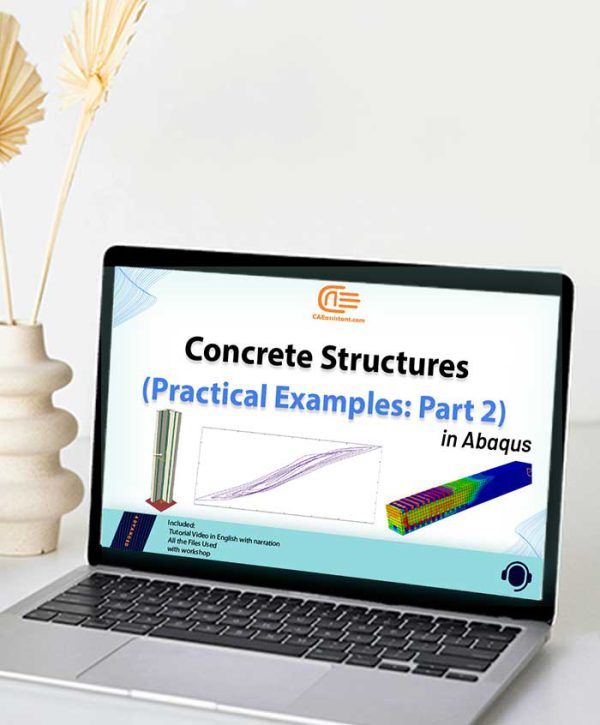
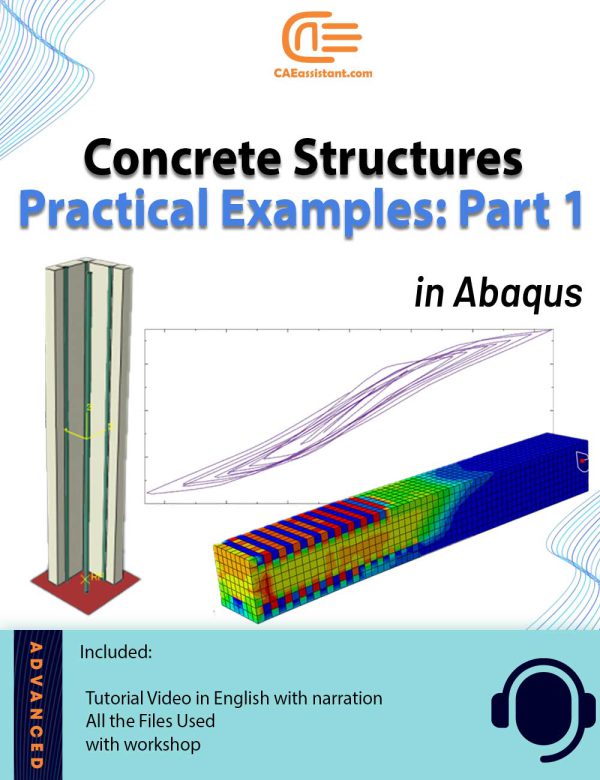
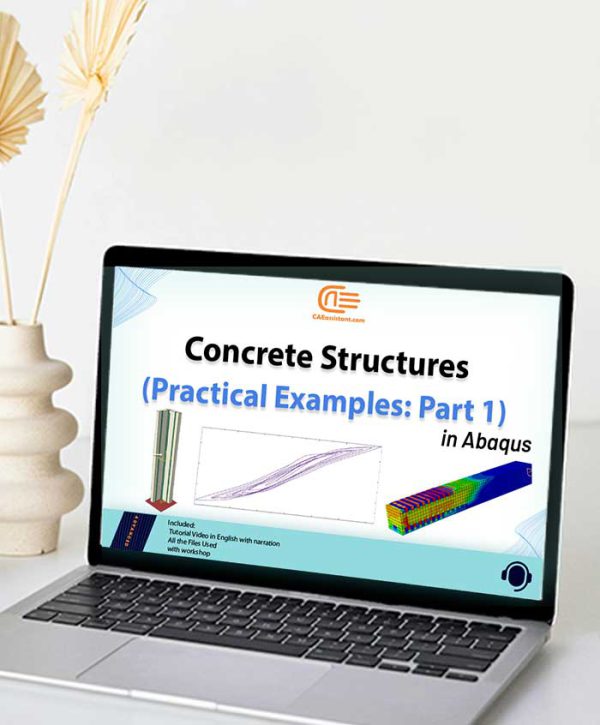









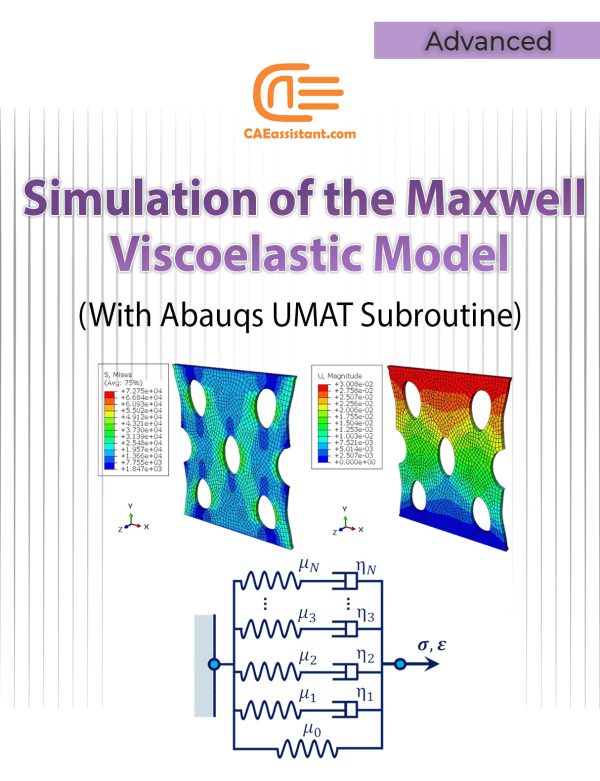
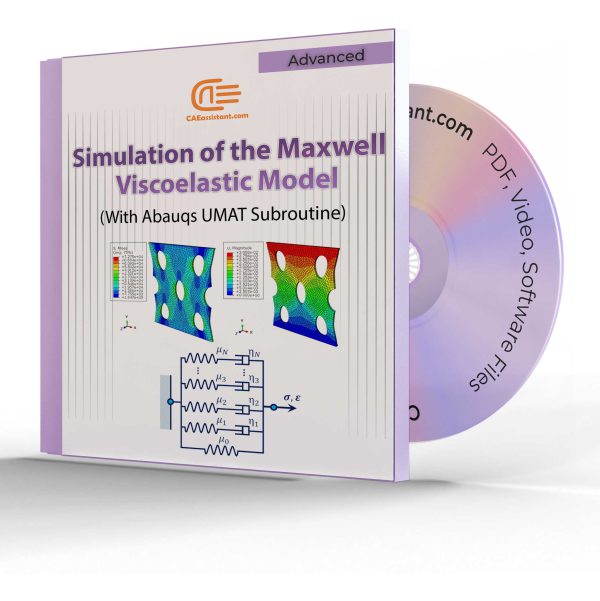

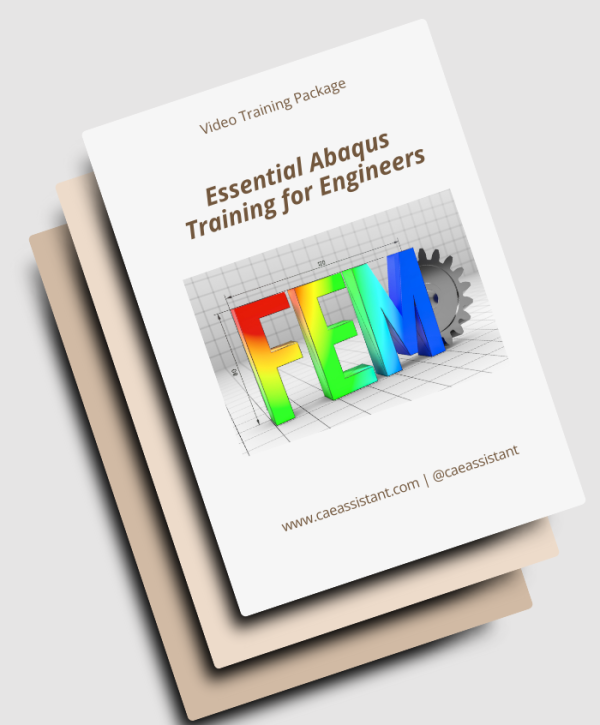
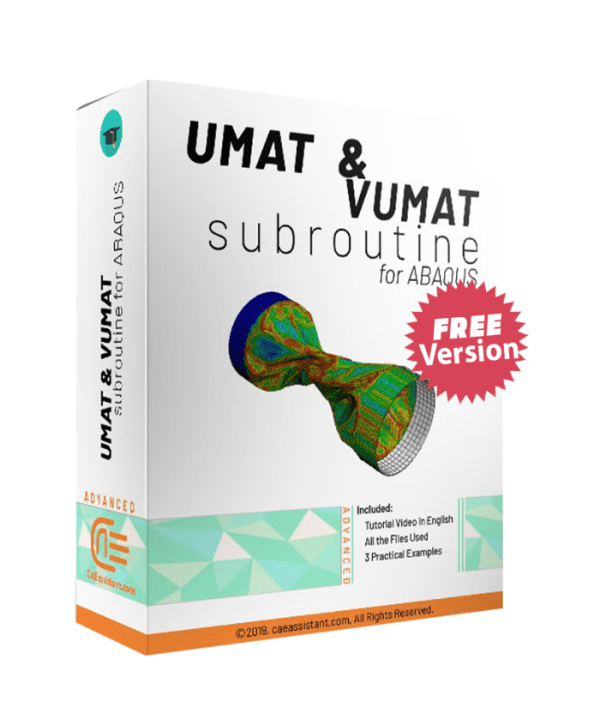


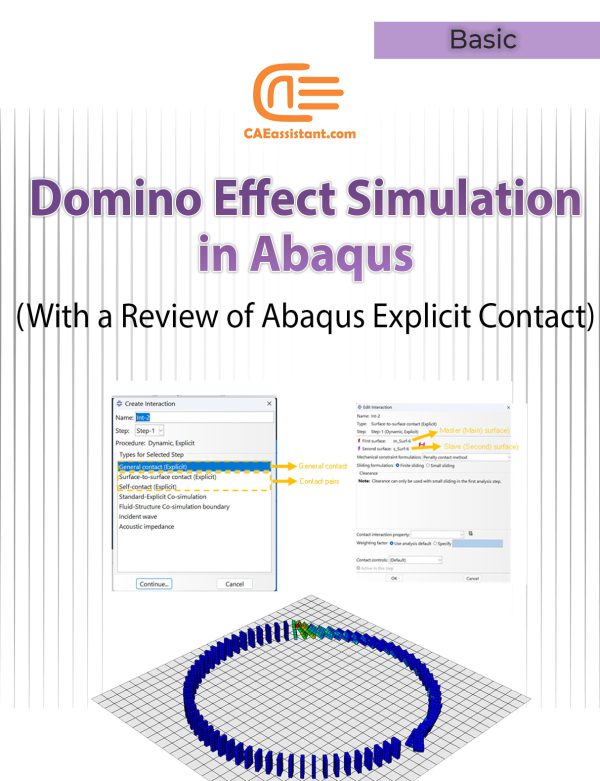
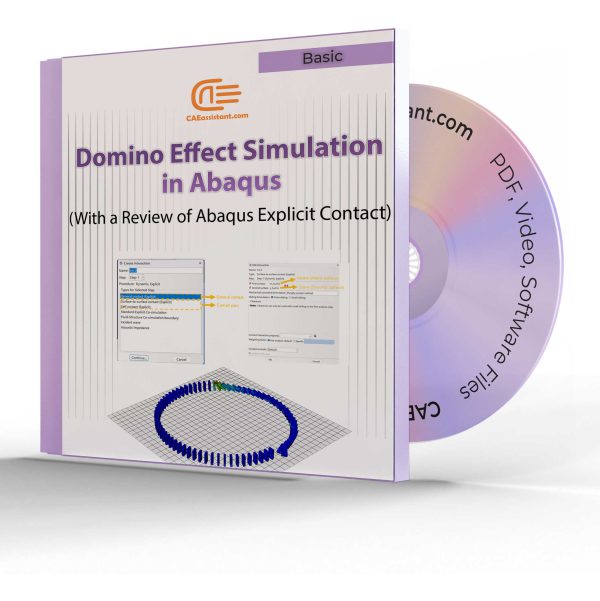
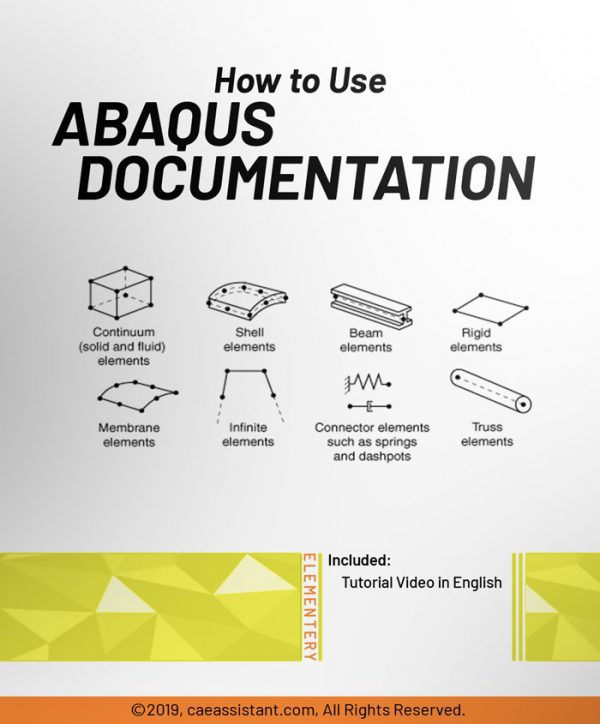
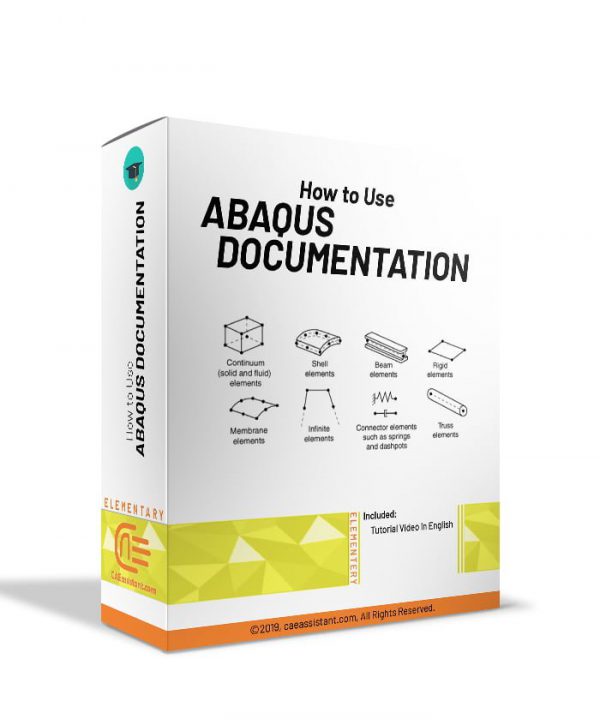

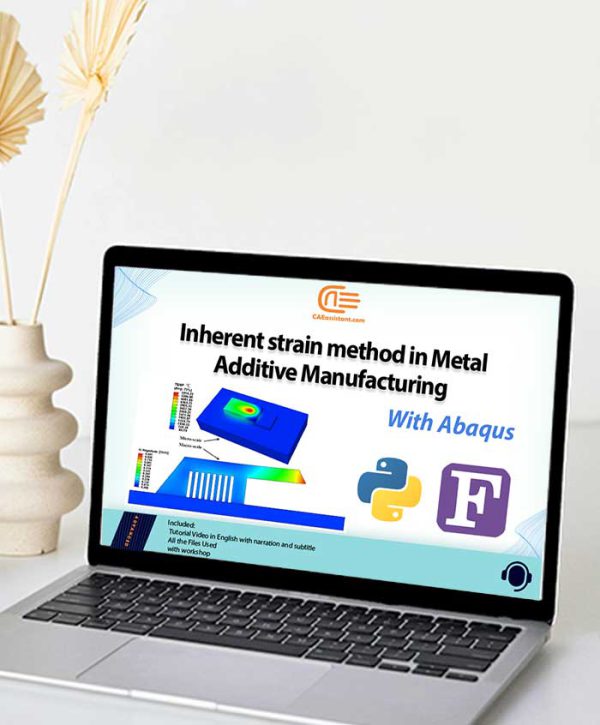
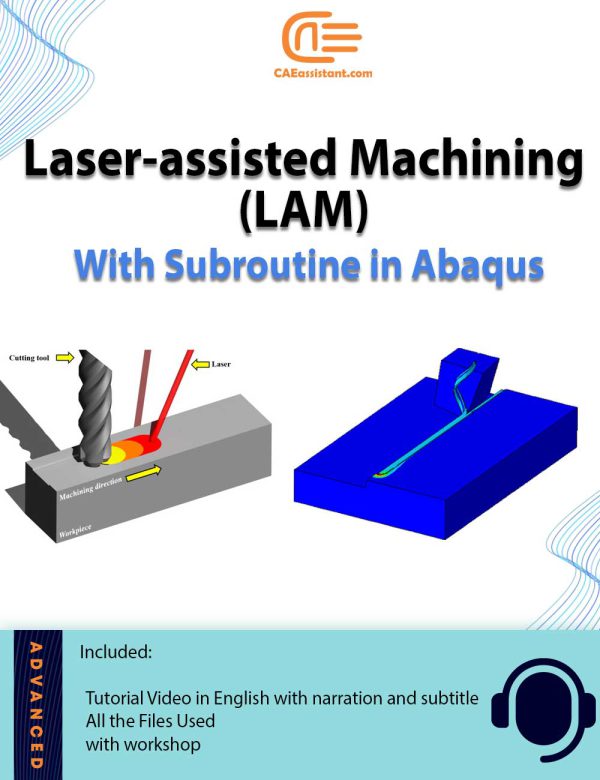
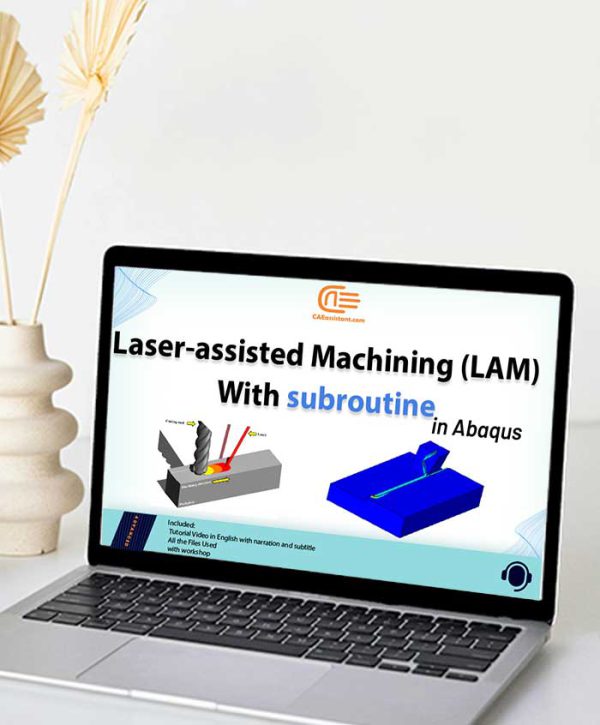
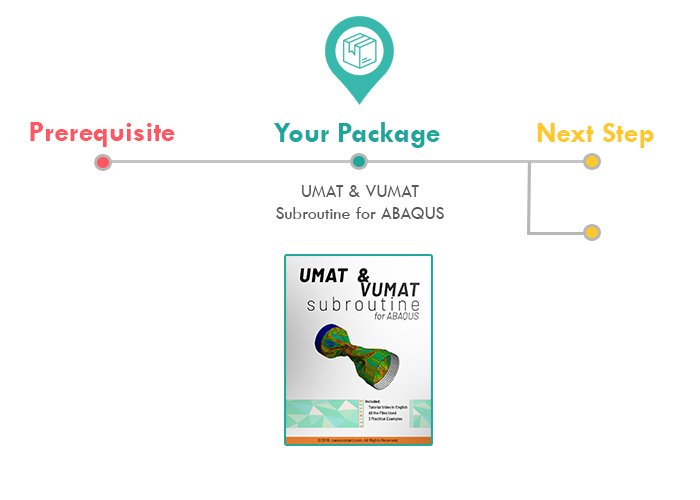
Reviews
Clear filtersThere are no reviews yet.